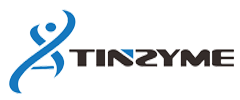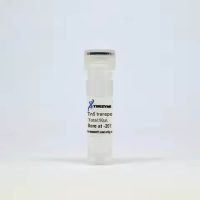
5x Lyo Script One Step RT-qPCR Mix (UNG)
2025-02-07
Exonuclease III
2025-02-27Fast T4 DNA Ligase
Product Number: LG02
Shipping and Storage
Store at -30~-15 ℃ and transport at ≤ 0℃.
Components
| Component | LG02 10000U |
| Fast T4 DNA Ligase (600 U/μl) | 17μl |
| 2×Fast Ligase Buffer | 200μl |
| 10×T4 DNA Ligase Buffer | 200μl |
Description
T4 DNA Ligase catalyzes the formation of phosphodiester bonds between adjacent 5′- phosphate and 3′ – hydroxyl ends on double stranded DNA or RNA. This enzyme can not only catalyze connections between flat or sticky ends, but also repair single strand cleavage in double stranded DNA, RNA, or DNA/RNA hybrid double strands.
Application
- The connection between DNA fragments and carrier DNA.
- The connection between DNA fragments and Linker or Adaptor DNA.
Unit definition
In a 20μl linkage reaction system, when 6μg of λDNA-Hind III decomposition product was reacted at 16℃ for 30 minutes, more than 50% of DNA fragments were linked, and the required enzyme quantity was defined as one active unit (U).



